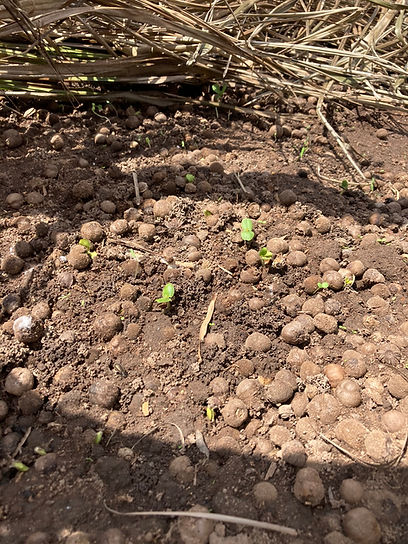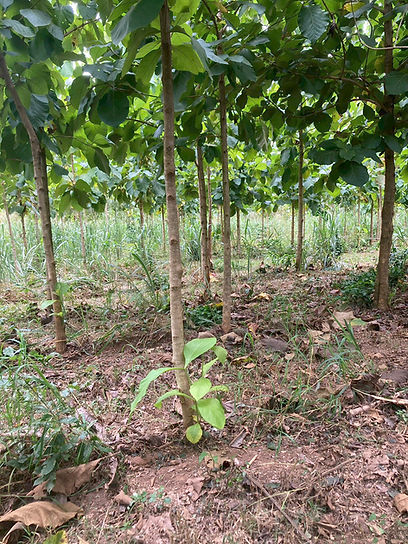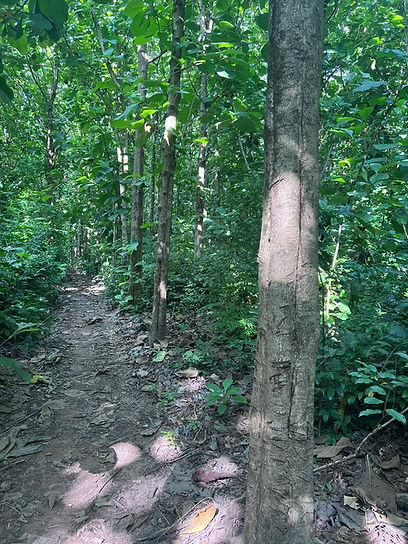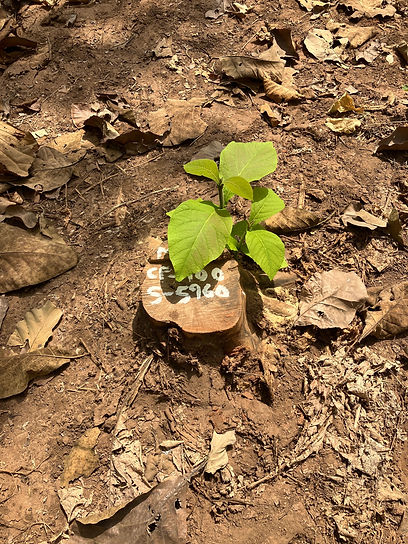

Contract Growing
Commercial reforestation
The green economy is one of the fastest growing sectors in the world, with massive appetite for investment and few products of the scale and calibre needed to drive global change.
The Contract Growing arm of our businesses aims to address these challenges.
Mere Plantations is an uniquely qualified player in commercial plantation establishment. To date, Mere has successfully rehabilitated and re-established over 5,000 acres of degraded forest land within the Afram Headwaters Forest Reserve. This land has been transformed into a highly productive Teak plantation.
The establishment of commercial teak plantations helps reduce the decline of the world’s natural hardwood forests, which are increasingly coming under pressure from growing demand from Europe, the US, China and India.
Mere’s plantation is not seeking to replace natural forests, but to support the timber industry with a consistent and reliable supply of tropical hardwood.
This removes the need for logging within the natural forest whilst simultaneously providing new trees to sequester CO2 from the atmosphere and generating a constant supply of timber.
Mere seeks to continually increase the planted area through ongoing coppicing and/or replanting harvested trees.

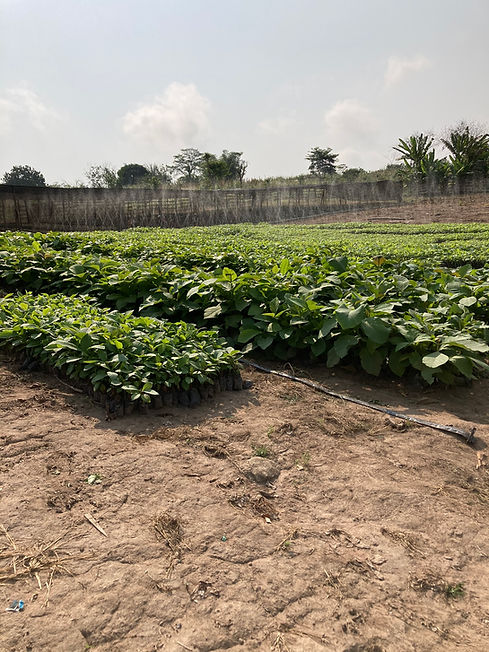
Mere uses contract growing for companies and institutions, demonstrating how forestry businesses can be successful and profitable, without the need for aid funding. We advocate for a ‘Ghana Beyond Aid’ model through trade.
Contract growing grants the opportunity for members to be involved in the establishment of sustainable Teak plantations which, if acting alone, they would not be able to. The cost to clear, establish and plant just one hectare would be prohibitive for many individuals.
A "Syndicate" (collective group of investors) is established to facilitate and enable its Members to trade, invest and profit from a sustainable, commercial teak plantation.
Members will be allotted their own stand of plantation trees and in return for their capital contribution, will contract to have a supply of suitable teak saplings planted at a specific rate according to their contribution.
The plantation manager (Mere) will then use its expertise to support the growth of the saplings to maturity.
The aim is to optimize investment return and investment duration.
The first year for your trees
Jan
Clearing of land, removing all existing tree cover and vegetation. Opening of new internal fire rides and clearing of existing perimeter rides. Repairing washed-out tracks and reopening ditches.
Feb
Placing seed orders, preparing germination beds. Pegging the site ready for planting and agreeing planting density after soil testing. Marking out and removing dry riverbeds from the sub compartment.
Opening transport tracks from the nursery to the planting sites.
Mar
Delivery of seed to the nursery. Begin the germination process. This involved soaking the seed in nutrient rich water for 2 weeks, re-drying the seed for 2 weeks. This process is repeated 3 times.
After 1-3 weeks on the third rotation the seed will split open revealing up to 3 shoots. The shoots are then picked out by hand, as the shoots are quite delicate at this point.
Apr
Each seedling is then hand-planted into a polybag; like a small plant pot. These are placed in rows 10-deep under shade to grow on for planting out.
For the first month they are kept under shade, made from a wooden structure covered in palm branches and shade netting. The young plants are watered constantly, which is provided from a local flooded quarry, ensuring minimal impact on the water table for local communities.
May
A final clear of the land prior to planting either manually or via chemical clearing, depending on the amount of vegetation that has returned and whether the vegetation is invasive.
Daily inspection of seedlings carried out, discarding any that are underperforming. Submit planting permit and undergo Forestry Commission inspection of plants and compartment.
Jun
Remove shade cover to allow plants to begin to harden. This is the main period for losses of new plants. The ones that survive then have watering reduced gradually to bi-weekly.
This is done to replicate the natural rainfall wetting/drying conditions of the rainforest, which encourages a greater survival rate.
Jul
Bring in planting crews and mark out the site ready to begin planting.
Final permission from Forestry Commission to commence planting.
Aug
The planting season, which is very labour intensive.
During this time Mere also deploy the Major Cyclone mowers in established stands, reducing vegetation competition whilst also increasing topsoil health.
Sept
Complete planting and first weeding. Teak is not a good pioneer tree so it will not fight effectively for water, light or nutrients in the early days.
As a result, the weeding at this point is constant.
Oct
Remove any underperforming trees and replace with backup stock - "beat-up".
We then re-clear fire rides and repair washed out tracks.
Nov
Log and report all planting for the season to the Forestry Commission for the onward reporting to the UNFCCC under the national GHG monitoring frameworks.
We return the nursery site to the same state as before.
Dec
Continue weeding and thinning, maintain the fire rides and remove any dry vegetation from the site.
